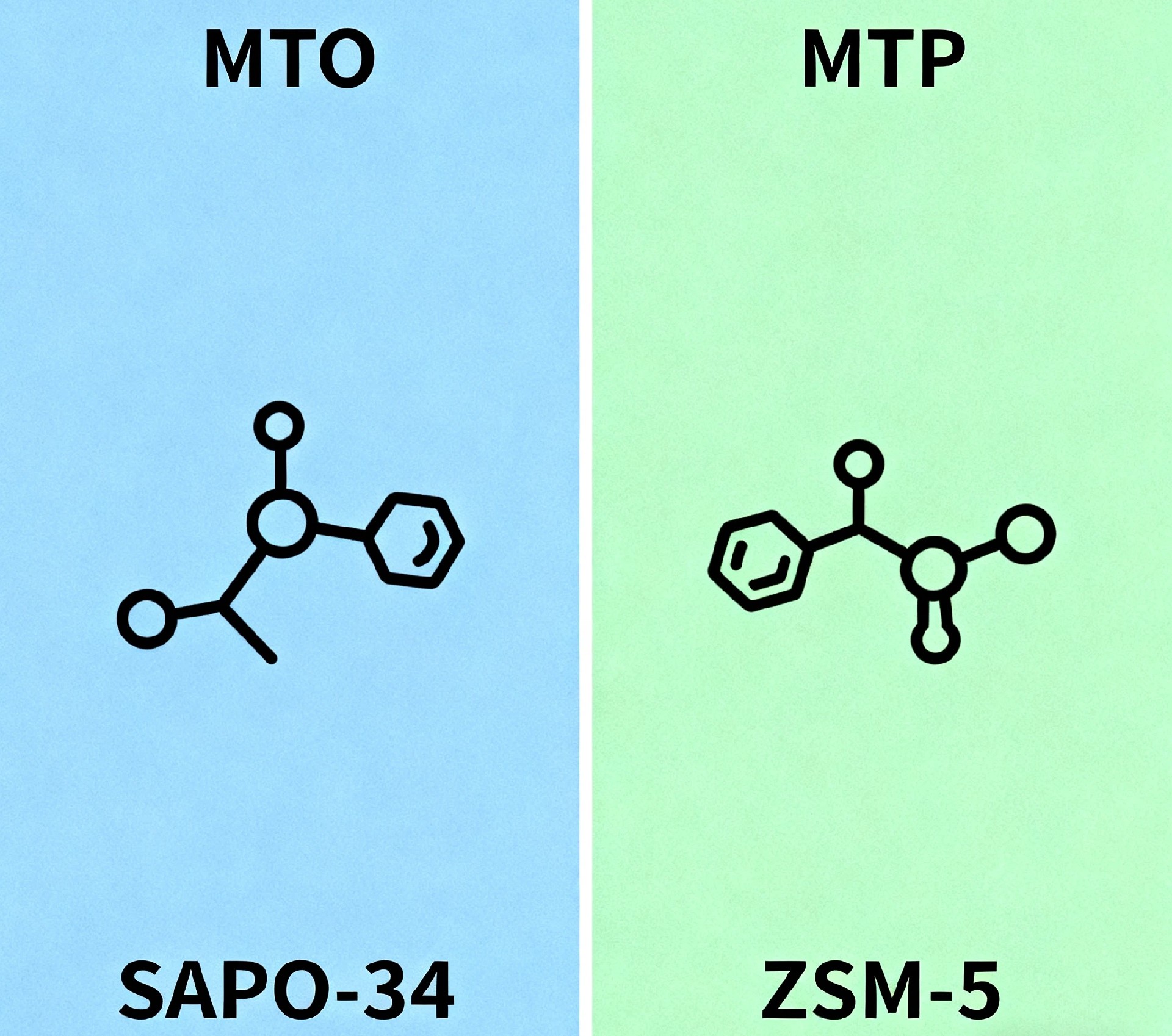
- Chinese: Business Department 0539-8782638
- English: chau@dengzhuochem.com

- Chinese: Business Department 0539-8782638
- English: chau@dengzhuochem.com

Understanding MTO and MTP: A Quick Guide to Catalyst Selection
2025-10-17
MTO and MTP
For anyone working in the chemical industry, the terms MTO (Methanol-to-Olefins) and MTP (Methanol-to-Propylene) are becoming more common. At Shandong Dengzhuo, we often get questions about the difference between these two processes and which catalyst is the right fit. Let's break down the basics.
The Core Difference: What You're Making
Both processes start with methanol but aim for different key products.
MTO is designed to produce a mix of ethylene and propylene. It's a flexible process when you need both of these fundamental building blocks.
MTP is more specialized, tuned to maximize the production of propylene specifically.
Why the Catalyst is Key
The different outcomes are driven by the catalyst at the heart of the reaction.
MTO processes most commonly rely on SAPO-34 catalysts. Their microporous structure is excellent for creating ethylene and propylene.
MTP processes typically use a modified ZSM-5 catalyst. Its structure and acidity are optimized to favor propylene molecules.
Making the Right Choice for Your Needs
So, how do you choose?
If your operation or your customers require a balanced output of both ethylene and propylene, then the MTO pathway is the way to go.
If there's a specific, high demand for propylene in your market, then focusing on MTP technology will be more efficient.

<< Previous Page
Next Page >>